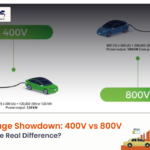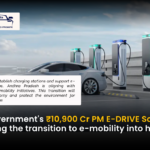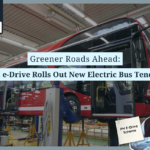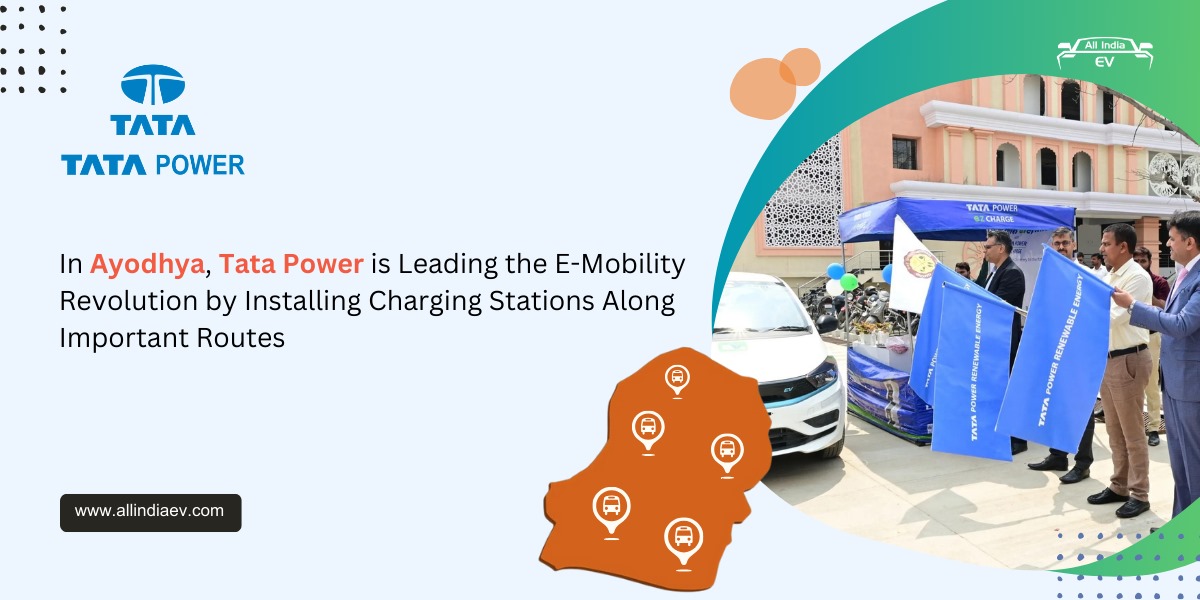
Challenges in EV Adoption and the Hesitation to Embrace Chinese Car Makers Impact India’s EV Future
- Sales Growth Falls Short: India’s EV Sales Remain Low
- The China Dilemma: India’s Hesitation to Embrace Key EV Players
- Challenges in India’s EV Transition: Infrastructure and Policy Uncertainty
- Commercial Vehicles: The Key to EV Growth in India
- What Needs to Change: A Call for National EV Policies
- Conclusion: Time for a Bold Policy Shift
India’s position in the electric vehicle (EV) race is coming under scrutiny, with recent sales figures suggesting the country may be lagging behind on the global EV front.
Sales Growth Falls Short: India’s EV Sales Remain Low
Despite some positive noise from automakers and a series of new EV launches, India’s EV sales remain minimal in comparison to global growth.
- 110,748 EVs sold in FY 2024: A modest 11% increase on paper, yet these numbers still form just 3% of total car sales in India.
- Other markets outperforming India: Smaller car markets like Thailand, which leads with 12% EV sales, and Brazil, which saw a 500% increase in EV sales, show how other countries are accelerating ahead.
The China Dilemma: India’s Hesitation to Embrace Key EV Players
India’s reluctance to embrace Chinese car manufacturers, especially BYD, a global leader in EV production, has significantly impacted the country’s EV options. BYD, for instance, sold 3,72,615 vehicles in April alone, with 195,740 units being pure electric cars, nearly doubling India’s annual EV sales.
- China’s dominance: Despite BYD’s massive sales success globally, India’s reluctance to welcome Chinese EVs means fewer options for Indian buyers, impacting the overall growth of the EV market.
- MG Motor’s success: MG Motor, a Chinese brand, has shown that well-made Chinese EVs can succeed in India, with its MG Windsor becoming one of India’s best-selling EVs.
Challenges in India’s EV Transition: Infrastructure and Policy Uncertainty
The road to widespread EV adoption is not just about the vehicles, but also about the supporting infrastructure and government policies.
- Infrastructure gaps: Issues with charging infrastructure, along with concerns over EV depreciation due to rapid technological advancements, have made consumers hesitant.
- Policy uncertainty: Industry insiders have expressed frustration over flip-flops in government policies, leaving automakers uncertain about future regulations, which makes launching new EV models a risk.
Commercial Vehicles: The Key to EV Growth in India
- Focus on commercial vehicles: Kunal Khattar, Founder of AdvantEDGE, a green mobility company, highlights that commercial vehicles, which make up 10% of India’s vehicles but consume 70% of fuel, will likely drive electric vehicle adoption in India.
- Two-wheelers may lead the charge: With two-wheelers already starting to adopt electric technology, it could be the backbone of India’s EV future, followed by commercial vehicles.
What Needs to Change: A Call for National EV Policies
For India to make meaningful strides in the electric vehicle market, a national mobility energy policy is critical.
- Uniform policies: Clear timelines and consistent regulations must be enforced, rather than relying on state-level interventions that are fragmented and often change unpredictably.
- Government intervention: There is growing frustration over dilly-dallying policies, with many believing that the government needs to do more to boost EV sales and create a more conducive environment for electric vehicles.
Conclusion: Time for a Bold Policy Shift
India needs a strong, unified EV strategy to ensure the country does not miss out on the rapidly growing global EV market. Only then will India be able to catch up with countries like Thailand, Brazil, and China and establish itself as a dominant player in the electric vehicle space.










